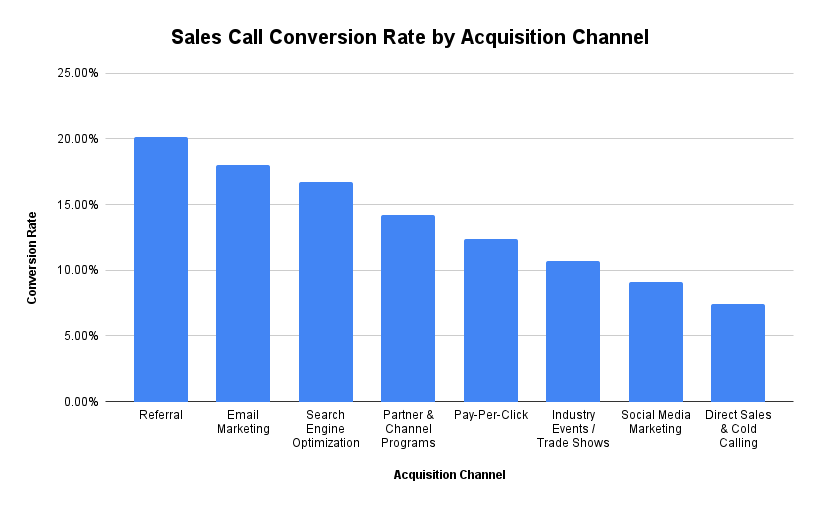In the sector of digital marketing, search engine marketing services and search engine optimization marketing are two powerful strategies that can significantly enhance your online presence. While these strategies may seem distinct, integrating both these types of marketing can create a robust approach to achieving both immediate and long-term marketing goals. In this blog post, we will explore effective strategies for combining these two techniques, demonstrating how their synergy can drive success for your business. Whether you’re a experienced marketer or just starting out, understanding how to effectively use both methods can transform your digital marketing efforts.
The Importance of Combining Search Engine Marketing Services and SEO Marketing
Both the kinds of marketing plays a unique role in your overall digital marketing strategy. SEM involve paid tactics like pay-per-click (PPC) advertising to boost visibility on search engine results pages (SERPs). In contrast, SEO focuses on optimizing your website’s content and structure to improve organic search rankings over time. While SEM offers immediate results through paid ads, it provides sustainable, long-term growth through organic search improvements.
By integrating both the marketing, businesses can use the strengths of both methods. This combination allows for a more comprehensive approach that maximizes visibility, drives traffic, and achieves diverse marketing objectives.
Effective Strategies for Integrating Search Engine Marketing Services and SEO Marketing
Here are some proven strategies for effectively combining search engine marketing services with search engine optimization marketing to achieve optimal results:
1. Align SEM and SEO Goals for a Cohesive Strategy
The first step in integrating is to align your goals across both strategies. Establish clear objectives for your SEM and SEO efforts, ensuring they complement rather than compete with each other.
- Example: If your SEM goal is to drive immediate traffic through PPC ads, your SEO goal might be to improve your website’s content for better long-term search rankings. By aligning these goals, you can create a cohesive strategy that balances short-term gains with long-term growth.
2. Use Keyword Research to Inform Both SEM and SEO Efforts
Effective keyword research is essential for both marketing. Start by identifying high-performing keywords that can drive traffic to your site through paid ads and organic search.
- Example: Conduct keyword research to find terms with high search volume and relevance to your business. Use these keywords in your PPC campaigns and optimize your website’s content for these same terms to ensure consistency across your SEM and SEO efforts.
3. Leverage PPC Data to Inform Your SEO Strategy
Search engine marketing services provide valuable data through PPC campaigns that can be used to refine your SEO efforts. Analyzing this data can offer insights into which keywords, ad copy, and landing pages perform best.
- Example: If certain keywords generate high click-through rates (CTR) and conversions in your SEM campaigns, incorporate these keywords into your SEO strategy to enhance your organic search performance. This approach ensures you are focusing on terms that resonate with your target audience.
4. Create a Unified Content Strategy
A unified content strategy that supports both marketing is crucial for achieving your marketing goals. Develop content that appeals to your target audience and supports both paid and organic search efforts.
- Example: Create blog posts, landing pages, and ad copy that use the same keywords and messaging. This consistency reinforces your brand’s message and improves the effectiveness of both your SEM and SEO campaigns.
5. Monitor and Analyze Performance Across Both Channels
Regular monitoring and analysis of your search engine marketing services and search engine optimization marketing efforts are essential for optimizing performance. Track key metrics such as traffic, conversions, and ROI to evaluate the success of both strategies.
- Example: Use tools like Google Analytics and Google Ads to measure the performance of your PPC campaigns and SEO efforts. Analyze this data to make informed adjustments to your strategies, ensuring you are achieving the best possible results.
6. A/B Test Ad Copy and Landing Pages
A/B testing is a powerful technique for optimizing both marketing efforts. Test different versions of ad copy and landing pages to determine what resonates best with your audience.
- Example: Run A/B tests for different ad headlines, descriptions, and landing page designs. Use the results to refine your SEM campaigns and apply successful elements to your SEO content for improved performance.
Powerful Synergy
Combining search engine marketing services with search engine optimization marketing can create a powerful synergy that drives both short-term success and long-term growth for your business. By aligning goals, combining data, and creating a unified strategy, you can effectively use these techniques to boost your online presence and achieve your marketing objectives.
Investing in both marketing allows you to benefit from immediate traffic gains through SEM while building a strong foundation for future success through SEO. By implementing these strategies, you can ensure that your digital marketing efforts are comprehensive, effective, and geared towards achieving optimal results.




